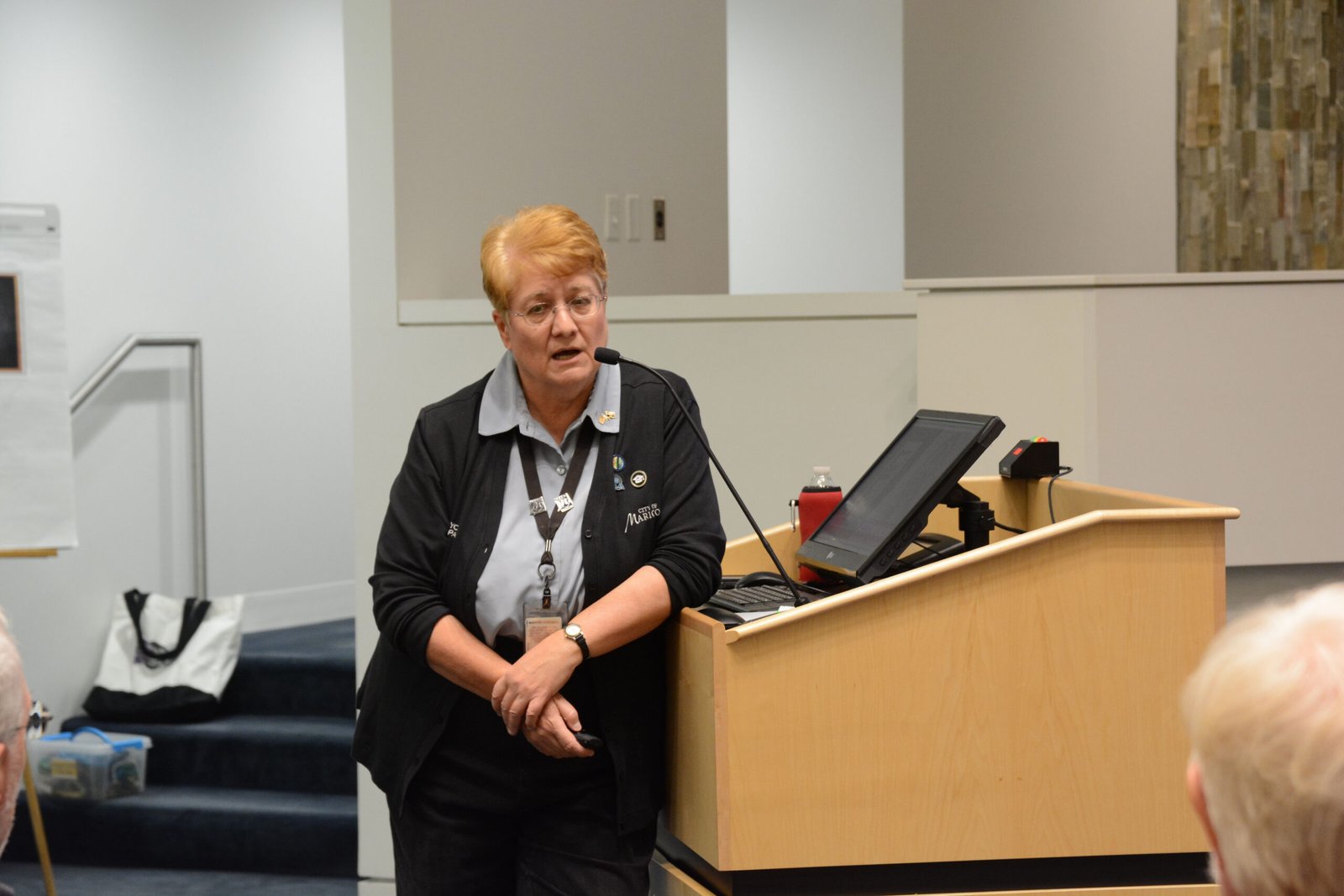Business
Ex-Vice Mayor Champions $70M Bond Proposal to Transform Community

Maricopa is rapidly rising as one of the fastest-growing cities in the United States, leading to increased demand for educational resources across the board. In response, local officials are advocating for Proposition 488, which is set to be voted on in the upcoming general election.
This initiative aims to secure a $70 million bond specifically designed to fund the construction of two new K-8 schools. It also seeks to expand facilities for Career and Technical Education, college preparatory courses, and workforce development programs—all crucial for accommodating the projected surge in student enrollment.
According to experts, Maricopa’s student population is anticipated to more than double in the coming years. Such growth creates an urgent need for educational infrastructure that not only meets existing demands but also anticipates future requirements. Quality education is increasingly becoming a focal point for businesses evaluating potential locations. Companies are looking for regions that offer an exemplary quality of life for their employees, beginning with accessible and high-quality educational systems.
Funding the initiative comes at a time when taxpayers are being encouraged to take action, as it’s imperative to keep educational funding local. Remarkably, approving Prop 488 will not raise the current tax rate; rather, it continues an existing secondary tax that residents already contribute to. This makes the proposition an investment in both the community and its future.
The successful realization of this initiative could fundamentally enhance Maricopa’s appeal to prospective businesses, thereby fostering further economic growth. Residents are urged to consider the long-term benefits of investing in education and vote in favor of Prop 488 to secure a better future for the city.
Peg Chapados, a former vice mayor and city council member, emphasizes the importance of this proposition as key to maintaining local control over educational resources and helping to accommodate the city’s expanding student population.


















